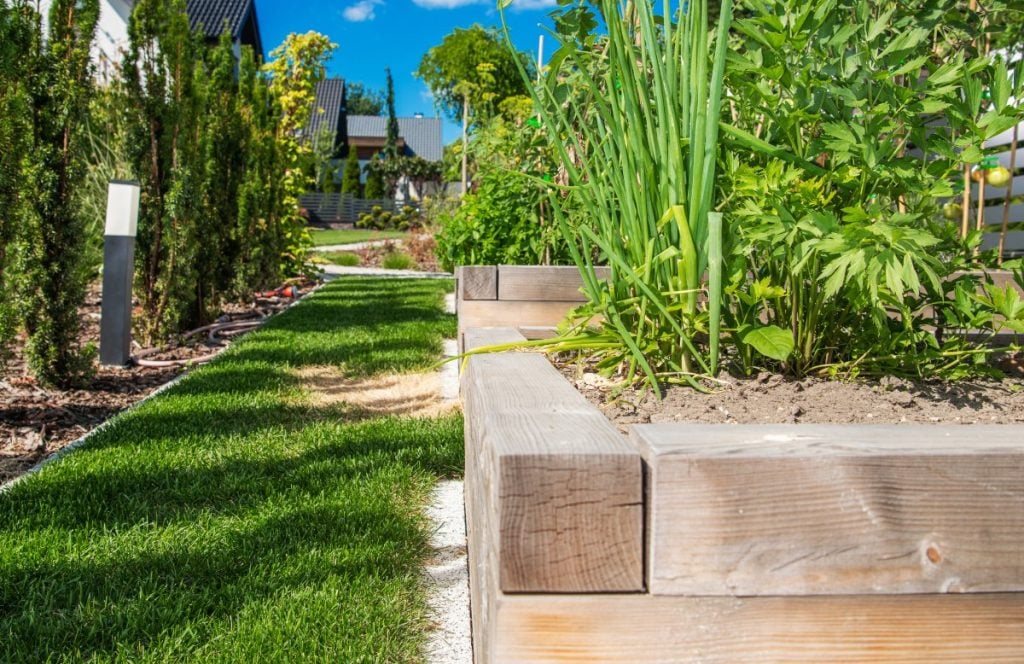Living on a 15 acre homestead offers a unique opportunity to embrace nature and enjoy a self-sufficient lifestyle. However, with this opportunity comes the responsibility of ensuring the safety of your property and loved ones, especially when it comes to wildfire safety. In recent years, wildfires have become more frequent and intense, making it crucial for homesteaders to be prepared.
Understanding and implementing effective wildfire safety measures is essential to protect your home, livestock, and crops. By taking proactive steps, you can significantly reduce the risk of wildfires impacting your homestead.

Understanding Wildfire Risks
Why Wildfires Occur
Wildfires are typically caused by a combination of dry conditions, high temperatures, and strong winds. Human activities, such as campfires left unattended or discarded cigarette butts, can also ignite wildfires. Understanding the causes of wildfires is the first step in preventing them.
Assessing Your Homestead’s Risk
Each homestead is unique, and its risk of wildfire can vary based on factors such as location, vegetation type, and climate. Assessing your homestead’s risk involves evaluating these factors and identifying areas that may be more susceptible to fires.
Creating a Defensible Space
What is a Defensible Space?
A defensible space is an area around your home designed to slow or stop the spread of wildfire. It acts as a buffer zone between the fire and your home, providing firefighters with a safe area to operate.
Steps to Create a Defensible Space
- Remove dead vegetation and debris from your property, especially within 100 feet of your home.
- Trim trees and shrubs to prevent fires from climbing into the canopy.
- Use fire-resistant landscaping materials and plants.
- Maintain a well-watered lawn and garden to reduce flammability.
Fire-Resistant Building Materials
Choosing the Right Materials
When building or renovating your homestead, opt for fire-resistant materials such as metal roofing, stucco, or brick. These materials are less likely to ignite and can help protect your home during a wildfire.
Retrofitting Existing Structures
If your home is already built, consider retrofitting it with fire-resistant materials. This may include replacing wooden decks with composite materials or installing metal screens over vents to prevent embers from entering your home.
Emergency Preparedness
Creating a Wildfire Action Plan
A wildfire action plan is a vital part of emergency preparedness. It outlines the steps to take before, during, and after a wildfire. Your plan should include evacuation routes, communication strategies, and a checklist of essential items to take with you.
Building an Emergency Kit
Prepare an emergency kit with necessities such as food, water, first-aid supplies, and important documents. Ensure that all family members know the location of the kit and understand its contents.
Community Involvement
The Importance of Community Efforts
Wildfire safety is a collective effort. Engaging with your community through local wildfire safety programs and initiatives can enhance the safety of your homestead and surrounding areas.
Organizing Community Fire Drills
Organize or participate in community fire drills to practice evacuation procedures and improve readiness. This can help identify any gaps in your wildfire action plan and strengthen community bonds.
Insurance and Financial Protection
Understanding Your Insurance Policy
Review your insurance policy to ensure it covers wildfire damage. Understanding the extent of your coverage can help you make informed decisions about additional financial protection.
Documenting Your Property
Keep an inventory of your property, including photos and descriptions of valuable items. This documentation is crucial when filing insurance claims after a wildfire.
Conclusion
Protecting your 15 acre homestead from wildfires requires a combination of preventive measures, emergency planning, and community involvement. By understanding the risks and taking proactive steps, you can safeguard your home and loved ones from the devastating effects of wildfires.

FAQs
What are the most common causes of wildfires?
Wildfires are most commonly caused by human activities such as campfires, discarded cigarette butts, and arson, as well as natural factors like lightning strikes and dry conditions.
How can I create a defensible space around my homestead?
Creating a defensible space involves removing dead vegetation, trimming trees and shrubs, using fire-resistant landscaping materials, and maintaining a well-watered lawn and garden.
What should be included in a wildfire emergency kit?
A wildfire emergency kit should include food, water, first-aid supplies, important documents, and other necessities to sustain your family during an evacuation.




